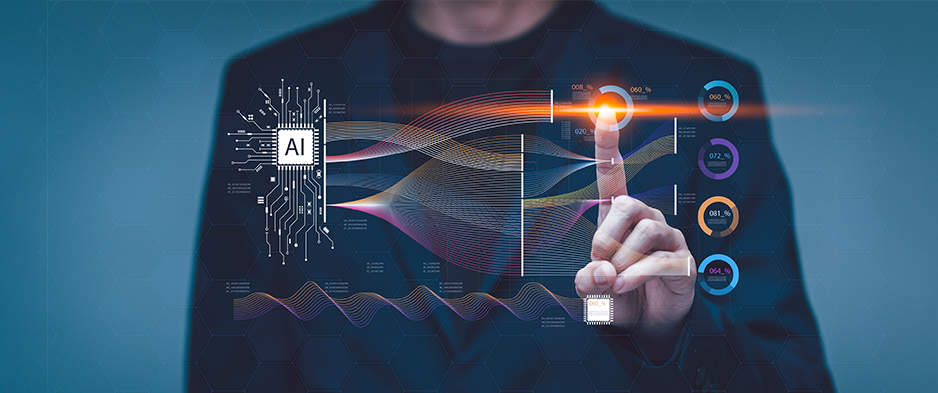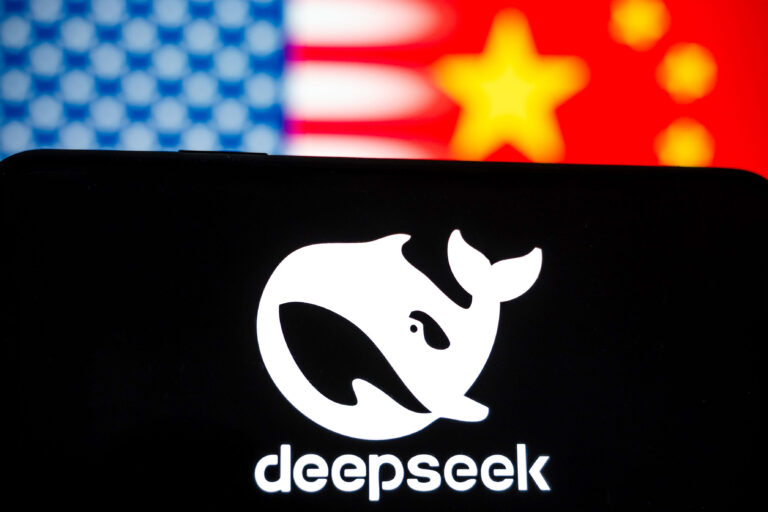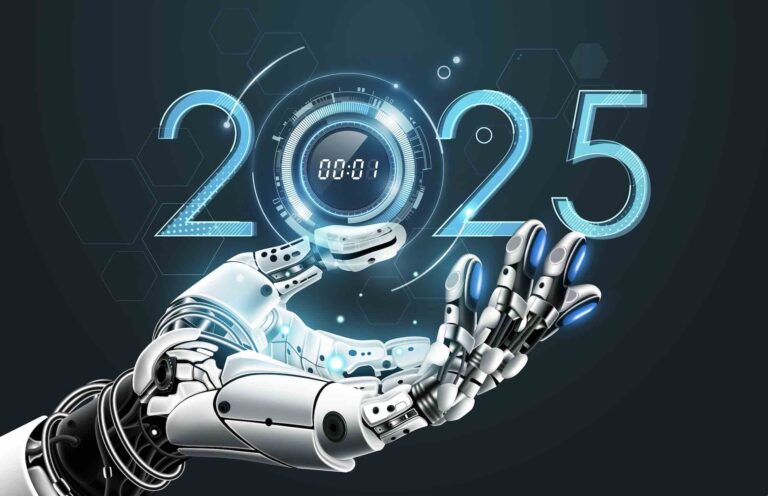
future of ai
Introduction
The future of AI is no longer a distant vision—it’s unfolding now. As we step into 2025, artificial intelligence is transforming everything from healthcare and finance to logistics and entertainment. For businesses and tech leaders, understanding where AI is headed isn’t just a trend—it’s a competitive advantage.
In this post, we’ll explore how AI companies are evolving in 2025, spotlight key industry leaders, uncover emerging technologies, and offer data-driven insights into the future of artificial intelligence.
1. The Rise of AI-First Companies
AI is no longer a back-end feature—it’s the core of business strategy. Modern AI-first companies are rethinking traditional workflows, using machine learning algorithms, NLP, and computer vision to automate and optimize everything.
Examples of AI-First Use Cases:
- Healthcare: Predictive diagnostics and drug discovery
- Finance: Algorithmic trading, fraud detection
- Retail: Hyper-personalized shopping experiences
- Logistics: AI-powered demand forecasting and smart routing
AI-first doesn’t mean just using AI—it means thinking with AI at the center.

2. Top AI Companies to Watch in 2025
These companies are not just adopting AI—they’re leading the charge in reshaping the global tech landscape:
Future of AI
- OpenAI – Pioneers in generative AI and large language models
- IBM – Powering enterprise AI through WatsonX and quantum-AI fusion
- NVIDIA – Building the backbone for AI with GPUs and software stacks
- Anthropic – Known for safer, more controllable AI systems
- BULLIT (Emerging) – Innovating in niche AI product ecosystems
Each of these companies has a unique angle—some focus on foundational models, others on domain-specific innovation.
3. Future AI Trends to Know in 2025
Staying ahead of trends is critical for SEO and market positioning. Here are the top AI trends dominating 2025:
a) AI + Edge Computing
AI is moving from the cloud to the edge for faster, local decision-making.
b) Multimodal AI
AI that processes text, image, video, and sound together is revolutionizing interfaces and applications.
c) Synthetic Data and AI Simulation
Used to train models where real-world data is scarce or sensitive.
d) Self-Healing AI Systems
AI models that automatically detect issues, retrain, and fix themselves are reducing downtime dramatically.

4. How AI is Redefining Business Innovation
AI isn’t just about automation—it’s about reinvention. Businesses are leveraging AI to:
- Discover new revenue streams (e.g., AI-as-a-service)
- Personalize experiences at scale
- Optimize supply chains using predictive analytics
- Automate decision-making with AI copilots
A 2025 Gartner report revealed that businesses integrating AI across verticals saw a 30% improvement in operational efficiency within the first year.
5. Challenges AI Companies Face in 2025
Despite all the hype, AI comes with challenges that every company must address:
- Bias and Fairness: Ensuring ethical AI outputs
- Data Privacy Regulations: Navigating GDPR 2.0 and other evolving laws
- Model Explainability: Black-box models are being replaced by interpretable AI
- Energy Consumption: Balancing performance with sustainability
Leading AI companies are investing in green AI and responsible AI frameworks to future-proof their strategies.
6. Future of Artificial Intelligence in Various Industries
AI’s impact stretches beyond tech—it’s everywhere:
| Industry | AI Innovation in 2025 |
|---|---|
| Healthcare | AI drug synthesis, remote diagnostics |
| Automotive | Autonomous vehicle safety layers |
| Legal | Contract summarization, legal AI bots |
| Education | AI tutors and adaptive learning |
| Agriculture | Precision farming and pest prediction |
The future of AI is decentralized and domain-specific.
7. What Businesses Should Do Now
If you’re a startup, brand, or B2B business, here’s how to leverage the future of AI:
✅ Audit current AI use – Are you under-leveraging opportunities?
✅ Invest in explainable AI tools – They’ll be key to compliance and trust.
✅ Train your team – Upskill staff in prompt engineering, LLM usage, and AI governance.
✅ Focus on first-mover advantage – Early adoption of new tech like generative AI or synthetic data pays off.
8. SEO Strategy: Why “Future of AI” is a Keyword to Own
Using the keyword “future of AI” gives your content high relevance, timeliness, and global reach. You’re not just riding a trend—you’re establishing authority.
To maximize SEO:
- Use schema markup for FAQs
- Internally link to related AI articles
- Optimize title, meta description, and image alt text with semantic keywords
9.How to Use Future of AI: A Beginner’s Guide to Getting Started
Artificial Intelligence (AI) is increasingly accessible and can greatly enhance productivity, creativity, and decision-making. Start by identifying your needs—whether for text generation, image creation, data analysis, or customer support. Popular tools include ChatGPT for writing, Midjourney and DALL·E for images, and Google Bard or Jasper for marketing.Many AI applications are user-friendly—just enter your query or upload your data, and the AI will take over. For business, explore integrations in tools like Excel, Canva, and CRMs. To get the most out of AI, learn about prompts, automation, and ethical use. Understanding AI will unlock new opportunities for students, entrepreneurs, and content creators in 2025 and beyond.
FAQs
1. What does the future of AI look like in 2025?
AI will become central to every major industry, with more focus on ethical, sustainable, and human-compatible AI systems.
2. What are the top AI companies in 2025?
OpenAI, IBM, NVIDIA, Anthropic, and emerging startups like BULLIT are leading innovation.
3. How is AI changing business innovation?
It’s enabling hyper-personalization, automating complex tasks, and unlocking new revenue models.
4. What are the biggest AI trends in 2025?
Edge AI, multimodal AI, synthetic data, and self-healing systems are game-changers.
5. How can businesses prepare for the future of AI?
By integrating AI into core strategy, upskilling teams, and prioritizing ethical and explainable AI tools.





1 thought on “Future of AI2025: Should We Be Worried About What’s Coming?”